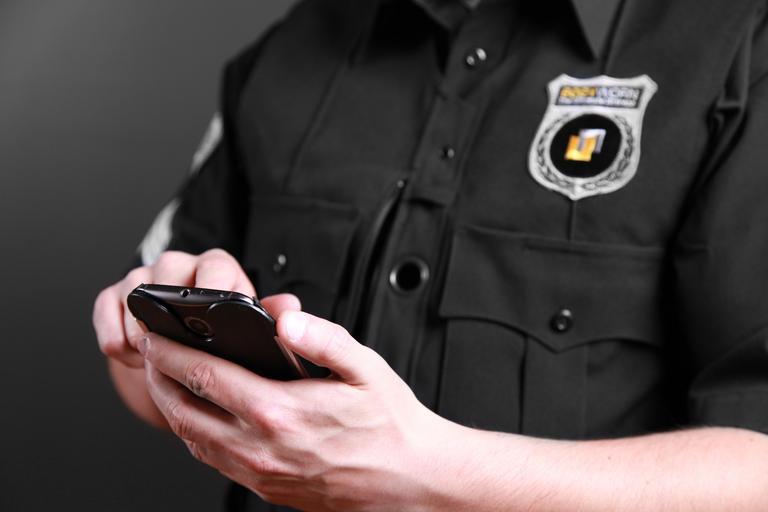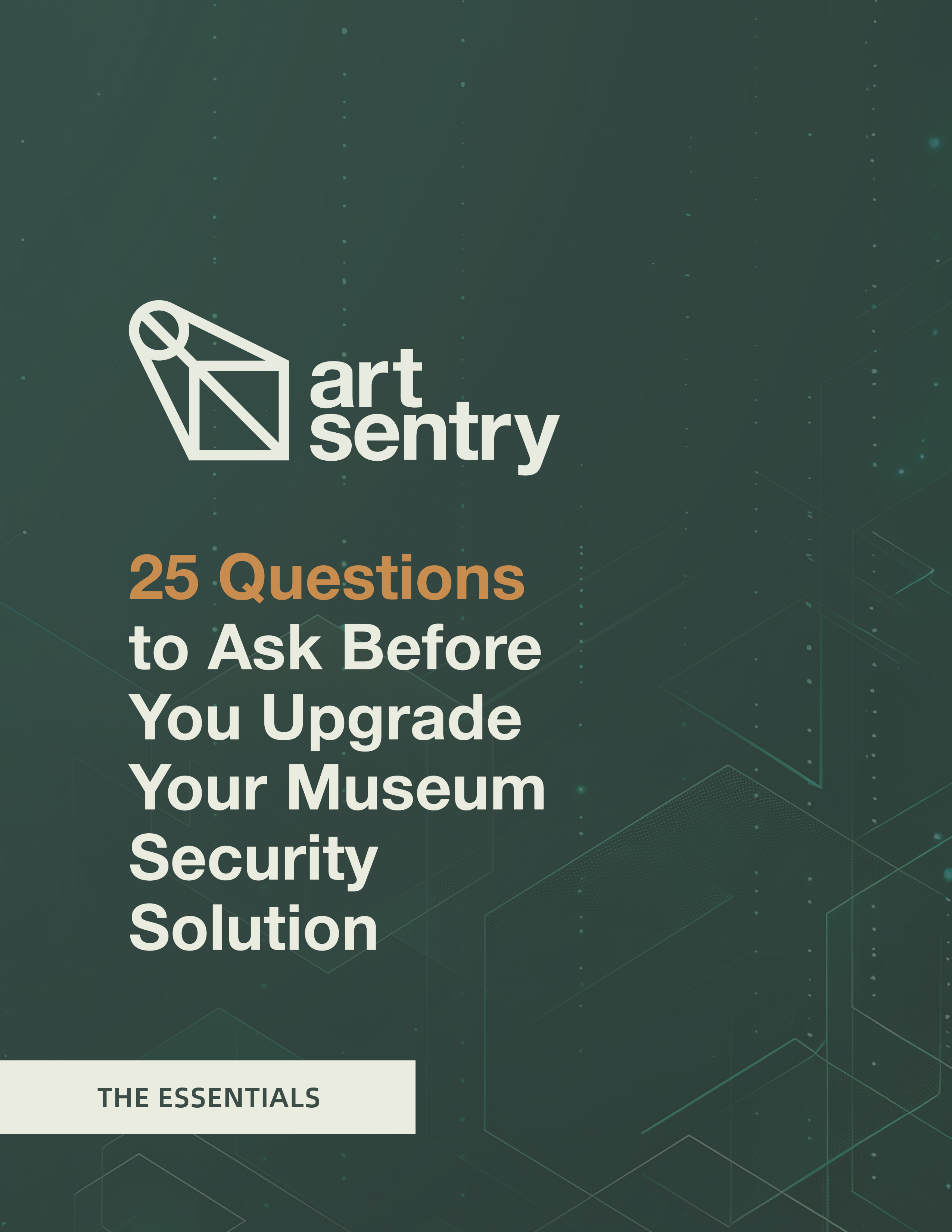It’s a tall task for museums to protect their valuable collections that often feature artwork, sculptures, furniture, and other artifacts worth many millions or even billions of dollars. Museum security is a very complex challenge and has become even more difficult with the explosion of social media and the renewed focus on ensuring a positive, inclusive environment for visitors. Visitors are often interested in posting the “perfect selfie” with collection pieces which puts them at substantial risk and sensitivities run high with potential visitor interactions.
Security officers are typically the first line-of-defense in protecting these artifacts. Museum executives do all that they can to effectively recruit, train, manage, and retain high quality security personnel. These security officers are expected to watch over the collection, but are the right people always on duty? It’s tough to hire the best talent when budgets are stretched thin. The Covid-19 pandemic had several long-term implications, including the loss of experienced security guards who chose not to return to these critical positions. Some of them managed to find higher paying jobs elsewhere while others simply retired to avoid the stress.
Staffing levels are also impacted when guards call in sick and take vacations. With the best employees, a museum can operate well. But often “people management” requires extra attention and adjustments, problems arise ranging from conflicts with co-workers to confrontations with visitors.
In addition, guards can also only be in one place at a time, and they must regularly leave galleries for extended periods. When they’re not looking, anything can happen. Surveillance systems are typically only in place to provide a record of an incident, meaning that the cameras aren’t constantly being monitored.
Lack of repercussions and curiosity lead many visitors to touch the artwork. Museum executives likely don’t realize just how often visitors touch paintings and artifacts. Oil and grime on their fingers aren’t the only concern. They can puncture paintings and break off portions of sculptures. The original piece will never be the same. Suddenly, the artwork must be removed and restored, which creates extra work and increases operational costs. In addition, visitors are deprived of enjoying the very art they came to see.
When there are issues, guards approaching visitors is fraught with potential negative visitor experience implications. From accusations of targeting to just being an uncomfortable interaction, it’s difficult to handle these interactions without offending visitors.
Museum Security Simplified
Simplify this difficult challenge by providing the latest technology to your security team.
A hybrid security approach – marrying the latest technology with your museum security guards – may be the ideal solution to secure your collection and deter touching and vandalism.
Art Sentry supports museums with a camera-based proximity alarm system that includes audible alerts. We help prevent unwanted touches by creating an invisible protection zone around the most valuable artifacts and collection pieces. The system identifies 75 times more touches than what guards can observe alone and prevents over 92% of all object touches by gently warning visitors that are too close.
Technology won’t replace staff, but it can supplement their efforts. With the presence of our systems, security guards can be freed up to deal with an escalated situation (i.e., disruptive guests) and be on hand to answer visitors’ questions about artwork and the facility.
As a valuable companion to your security team, the system will:
- Provide better protection
- Simultaneously monitor every gallery space
- See what guards can’t
- Gently prompt visitors to step back if they get too close
- Record data that museums can use to improve the visitor experience
- Increase museum security capacity
- Allow guards to cover more galleries
- Augment the museum security force
As part of a hybrid approach, our system can sensitively address one of the most controversial aspects of museum operations. Visitors sometimes complain that guards single them out, including accusations of racial or other bias. The alarms and audible prompts are 100% objective. They’re simply activated when someone crosses an invisible barrier. In fact, museums that have implemented this technology have consistently had improved visitor experience scores.
The Art Sentry system provides peace of mind. Museums save money because they can do more without expanding the security staff. And if a guard resigns, he or she may not need to be replaced as the museum can leverage the system to protect its valuable artifacts.
Given the value of the modern and historic artwork, museum executives should have the best tools to protect both their permanent and traveling exhibitions while providing the best experience for visitors.
This hybrid security approach using both people and technology is museum security simplified.
* * *


